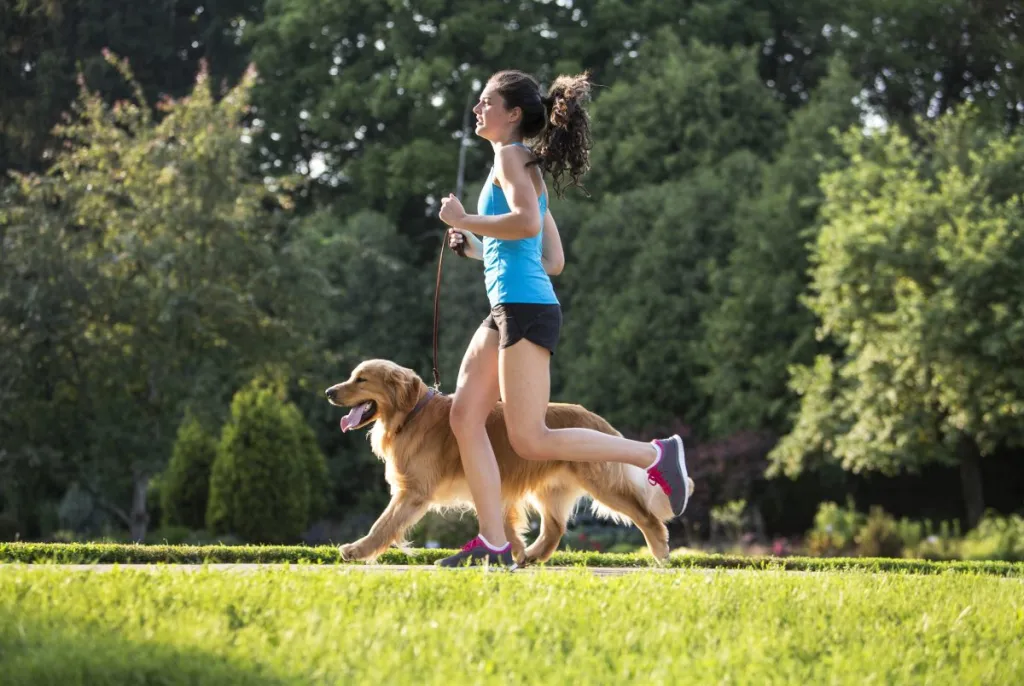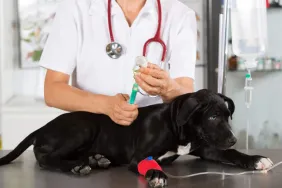Many pet parents spay or neuter their dogs for health benefits and safety. These procedures lessen the risks of certain diseases, reduce aggression, and generally add to your dog’s life, with proper diet and exercise. However, you must take care after spay or neuter surgery so your dog won’t suffer from the next risk: weight gain and possible obesity.
While most dogs don’t become overweight after spay and neuter procedures with proper care, it is a possibility, and awareness is key to ensuring that your dog remains healthy throughout their years.
Here’s what you should know about preventing weight gain in dogs who’ve gone through spaying or neutering.
Why weight gain happens after spaying and neutering
Dogs benefit from spaying and neutering in many ways. However, first-time pet parents should know about one possible side effect of the procedures that they have to prepare for: weight gain. Research indicates this is especially true in large dog breed.
Neutering in particular can triple the tendency for putting on weight.
“Castration seems to decrease the ability to regulate the appetite in male dogs and at the same time, it might also decrease the incentive to exercise, which results in an increased risk of becoming overweight,” says Charlotte Bjornvad, main author of a study on dog obesity from the University of Copenhagen.
Obese dogs may have a lifespan two years shorter than their slim counterparts, regardless of their breed.
Hence, exercise needs to be a key part of your dog’s daily lifestyle after neutering or spaying. Walking your dog regularly or having them join your daily jog can help you and your dog maintain a healthy lifestyle.
Proper diet and nutrition will help, too. Don’t go overboard on treats, and ask your veterinarian for advice on how to formulate an appropriate diet for your dog.
Some practices tend to influence your dog’s weight. You may unconsciously overfeed through free feeding or keeping the bowl full all the time. Maybe you’re giving your pup too much human food or table scraps. It’s also possible that you’re giving them a lot more treats, especially when training young pups.
How to tell if your dog is overweight
You should know the difference between a healthy and an overweight dog. It’s the difference between a fit pooch and one who’s in danger of disease. One telltale sign is body shape.
Even for growing pups, they should not look too rounded from the top or the side. Their tummy should be tucked and not flabby and hanging down.
When you feel your dog’s ribs, they should feel solid enough through some muscle. Overweight dogs usually have too much fat in the torso area, and it becomes hard to feel their ribs.
If you suspect your dog is overweight, talk to your veterinarian about appropriate feeding changes.
Exercise is good for both you and your pup, so even if they aren’t overweight, make sure to engage Fido in active play every day.









